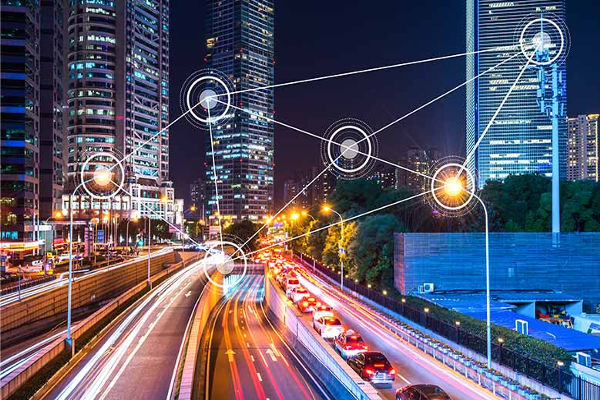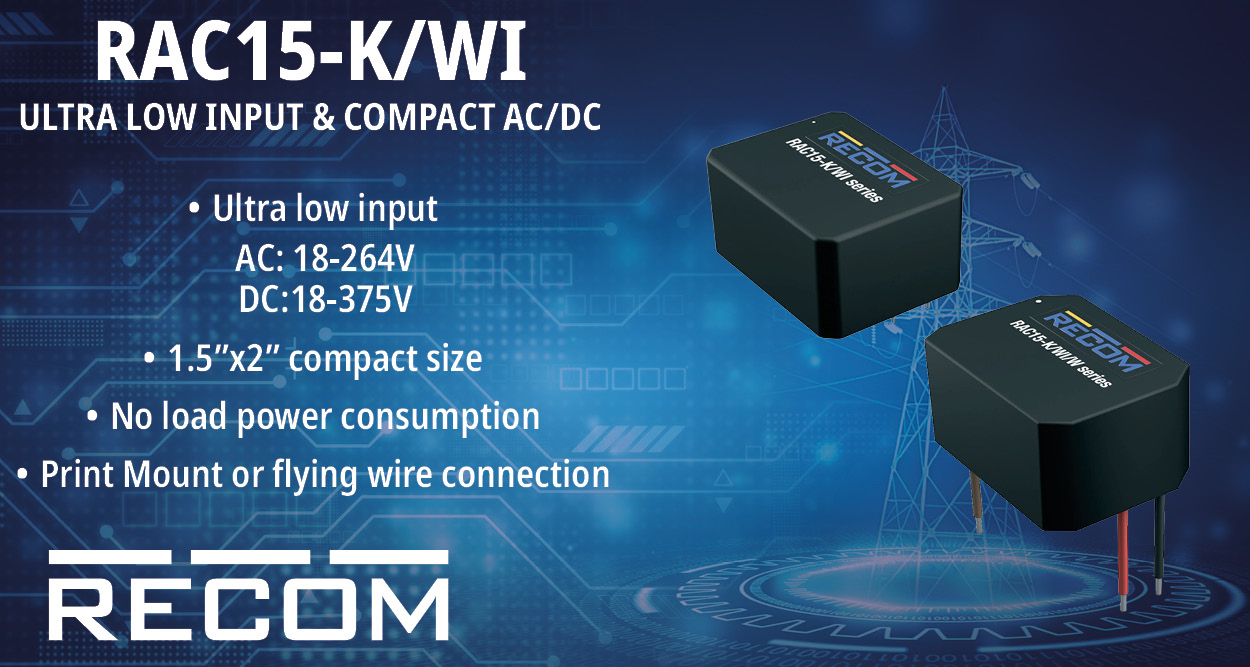Technology is developing every day, getting more and more computerized and networked. Every piece of technology we own, from doorbells to vehicles to printers, is starting to integrate with the Internet of Things (IoT). Furthermore, there are countless options for automatic lighting systems. Businesses today are frequently opting smart lighting technology to reduce energy consumption and give people safe, well-lit areas to live and work. It’s not odd because a building with IoT lighting has smart connections that can guarantee smart HVAC, security, analytical data, etc. IoT has several advantages for smart cities, including lower energy production costs and environmental effects.
Creating the Demand for Smart Lighting and IoT-Based Lighting
More sophisticated and innovative solutions, such smart IoT-based lighting and LED technology, were brought about by the need to lower lighting costs and use energy more wisely. New business models, such as lighting-as-a-service, are being offered by the developing smart lighting sector. Statista projects that by 2025, the worldwide amount will reach 4.7 million USD.
The Rise of IoT-Based Lighting
People may collect massive volumes of data that are useful for estimating energy usage and environmental conditions by using cost-effective devices dispersed throughout various areas using Internet of Things wireless connectivity. New functionalities are created using this data. Complex building management systems (BMS), for instance, have the ability to regulate the lighting, heating, air conditioning, etc.
Many advantages arise from integrating IoT-based lighting and smart connection into lighting systems, such as smooth communication, enhanced control (e.g., planned illumination or dimming), and lower energy expenses. IoT smart devices and sensors provide the real-time collection of data on burned-out lights. Connecting every luminaire to the Internet is now financially feasible due to the rapid evolution of IoT technology.
Making an IoT-Based Lighting Work?
Light fixtures have sensors, data may be processed and gathered locally or remotely over an Internet of Things network (cloud computing), enabling remote control and administration via mobile or online apps. Typically, dashboards that are available from any networked device display the data.
Mesh networking at the core of iot-based lighting? All nodes in the local network architecture are connected to one another in a non-hierarchical manner. The majority of IoT smart lighting employs this data transmission technique, in which every light fixture is linked to the closest network. The core network is in charge of the most recent. As a result, you can control and keep an eye on your lighting statistics from one place.
Motion sensor-based automatic lighting is the most well-known kind. The light goes on when the sensor senses motion, and it shuts off when a certain period of time passes without any motion. These lights are very prevalent in security and outdoor illumination. Similar technology is used by occupancy sensor controls, which turn out the lights in a room immediately after it is vacated and illuminate it when someone arrives. When someone approaches a particular location in a place, occupancy sensor controls may be used to regulate task lighting as well as the ambient lighting in the room. In order to calculate the required quantity of light output, photosensor controllers evaluate ambient lighting conditions. These types of sensors typically work best outdoors because interior lighting needs vary according to occupant activity, rather than ambient light levels, but they have become common in night lights. Each type of lighting control aims at reducing lighting use to only those times that they are truly necessary.
In addition to the energy and cost savings of automated systems, there are additional benefits that are not immediately apparent. The first is fewer touchpoints. Amid the worst health crisis of our time, the concern for sanitation and disinfection of spaces has never been higher. With the integration of automated lighting systems, the number of times that occupants will need to touch light switches will drastically decrease, reducing the number of times that germs will spread to and from the switch.
Adequate Safety and Security
Smart lighting solutions that are monitored and controlled remotely can significantly improve public safety. For instance, inadequate illumination in locations like parking lots, quiet streets, parks, campuses, etc., might raise the risk of crime. Major studies show that improving illumination in dimly lit regions decreases crime by 39%.
Applications of smart light technology can do the following tasks:
- Dim or turn on the lights to avoid emergencies.
- Illuminate high-crime locations more thoroughly to spot wrongdoing.
- Quickly identify electricity outages
- When the weather is bad, use responsive lighting to increase visibility.
Network-Based Smart Lighting vs IoT-Enabled Smart Lighting
Compared to network-based smart lighting, IoT-enabled smart lighting has superior reliability, scalability, resilience, interoperability, and a larger range of point-to-point connections. The smart connections that IoT-based LED lighting in buildings has to guarantee security, HVAC, and analytical data is not surprising. Therefore, this is a great chance to present the Internet of Light, an innovative lighting system that is centered around the Internet of Things.
A lighting device is linked to the Internet and connected to a local or wide area network in Internet of Things applications. Via its near-network control node, which is often attached to a network router, an intelligent light establishes a connection with the closest network.
Wired and Wireless Networking for IoT Lighting
Strong and dependable connections are necessary for the clever and smart operation of lighting systems. Wired and wireless networking are the two main networking approaches that combine IoT with smart linked lighting. The only restrictions on these two main networking approaches are those imposed by the application’s needs and the engineer’s inventiveness. They may also be used in a variety of cooperative combinations, utilizing other communication techniques and protocols like Bluetooth mesh networking.
India’s Initiatives for Smart Lighting and LED Adoption
India’s power sector is a major contributor to greenhouse gas emissions due to the country’s fast economic expansion and subsequent spike in energy consumption. Making the switch to energy-efficient lighting is a straightforward yet effective approach in this respect. An excellent example is the UJALA (Unnat Jyoti by Affordable LEDs for All) programme, which has distributed over 367 million LED lights and saved over 47,778 million kWh of power yearly. Energy-efficient lighting greatly reduces greenhouse gas emissions while also relieving pressure on electrical systems, especially during periods of peak demand.
The Indian LED Market Dynamics: In 2023, the LED lighting industry in India alone is expected to reach US$ 4.2 billion. The industry is anticipated to reach US$ 23.2 billion by 2032, growing at a compound annual growth rate (CAGR) of 20.4 percent between 2024 and 2032, according to market research company IMARC Group.
To further improve sustainability, cutting-edge developments in automation and lighting controls are essential. The next frontier is represented by smart lighting solutions, which include automation and linked systems. Demand response systems and daylight harvesting are two examples of technologies that optimize energy use and drastically lower total carbon footprint. These cutting-edge solutions minimize light pollution, which may disturb ecosystems and wildlife behavior, while simultaneously protecting biodiversity and conserving resources.
Top Smart Lighting Companies in India
Havells India Limited
Havells India Limited is well-known for its extensive selection of lighting solutions, consumer appliances, and electrical and power distribution equipment. With a significant presence in both home and foreign markets, it has established a great reputation for quality, innovation, and customer satisfaction. It provides a wide range of goods to meet the needs of the commercial, industrial, and residential markets. Its goods are made to the strictest specifications possible for dependability, efficiency, and safety. It has also led the way in technical innovation, bringing cutting-edge features and clever fixes to improve user experience and energy economy.
SYSKA
It is the top brand of the SSK Group, which established Shree Sant Kripa Appliances Ltd. as its flagship business and introduced the product to India in 2013. Presently, it leads the industry in creating lighting solutions for commercial, industrial, retail, and residential use. The Syska smart LED light is compatible with Google Assistant and Alexa and has Wi-Fi capability. Users are spoiled for choice with sixteen million colors available. The company’s app allows users to organize events, adjust the color to fit the mood or party theme, and do a lot more in addition to turning on and off.
Wipro
The sixteen million colors that are accessible in the Wi-Fi, Alexa, and Google Assistant compatible smart bulbs may be changed using the Wipro Next Smart app. With the app, you can choose themes, make routines and scenarios, and plan when to turn them on and off. Wipro offers mass-market-affordable smart LED bulbs with features that are well worth the investment.
Osram India
Prominent worldwide lighting technology leader OSRAM GmbH has a subsidiary called Osram India Private Limited. Its main goal is to supply cutting-edge lighting solutions to a variety of industries, such as general lighting, specialized lighting, and automotive. It provides a wide variety of vehicle lighting options, including as LED modules, interior illumination, signal lights, and headlights. It is renowned for its superb performance, dependability, and high-quality goods. Its products, which range from cutting-edge automotive lighting systems to cutting-edge lighting solutions for architectural and industrial applications, are made to satisfy the wide range of demands of clients. Its robust national distribution network guarantees quick access to its products and effective after-sale support.
References: https://www.oledworks.com/blog/oleds-and-the-benefits-of-automated-lighting-systems/ | https://euristiq.com/the-future-of-led-iot-lighting/

















